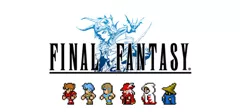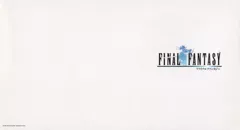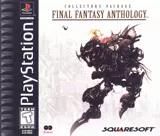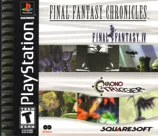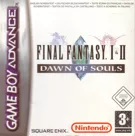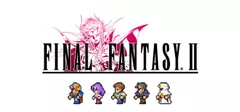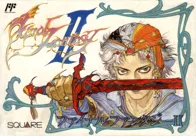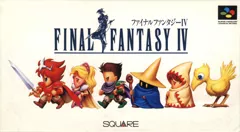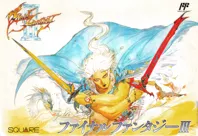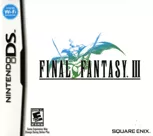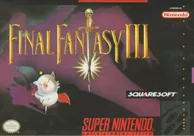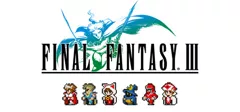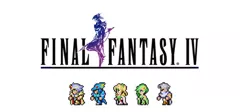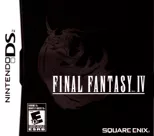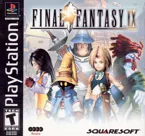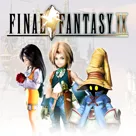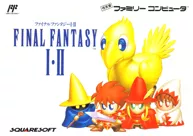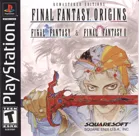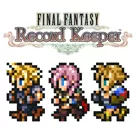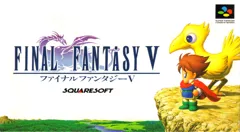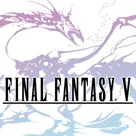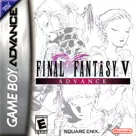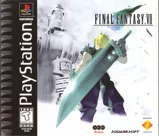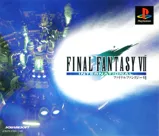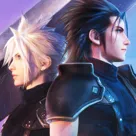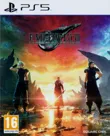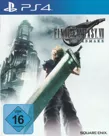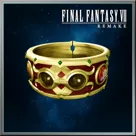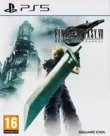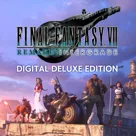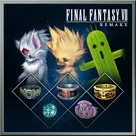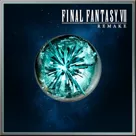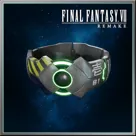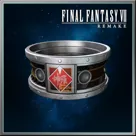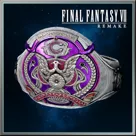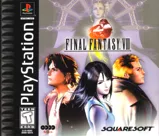Game Groups > Final Fantasy series
This group includes the main (numbered) Final Fantasy games. One of the most popular Japanese-style role-playing series, and the most popular one outside of its homeland, Final Fantasy still holds the record for most numbered games.
Created by Hironobu Sakaguchi and developed by Square, the series started its existence in 1987 with the first Final Fantasy. The word final in the title implied Sakaguchi's intention to leave the game industry. The game, however, gained such widespread recognition that Sakaguchi changed his mind. Subsequent installments only increased the series' popularity.
Setting and Themes
With a few exceptions, these games are completely unrelated to each other by plot, and may have diverse settings, ranging from traditional medieval fantasy to sci-fi; often various setting styles are combined in the same game. The storylines usually involve confrontations on an epic scale with an abundance of supernatural elements. The series has gradually become notable for fairly complex plots full of dramatic occurrences, and cinematic treatment of cutscenes.
Recurrent elements in setting and storylines usually include minor characters. Traditionally, a character named Cid appears and plays a more or less significant role in every Final Fantasy game. Recurrent races of creatures include the yellow ostrich-like chocobos (often used for gameplay purposes, e.g. riding, breeding, etc.), timid pink creatures called moogles, and others. An airship is a recurrent device used in most Final Fantasy games; in many of them, the player is able to physically navigate it.
Gameplay
Individual installments in the series usually vary significantly in gameplay. Already the first three Final Fantasy games had differences in character management and customization - character classes chosen by the player before the beginning of the game in the first; free-form gradual customization achieved by training in the second; a job system with a variety of classes and abilities in the third. Each of the subsequent games also had a different system, though the basic Japanese-style mechanics with party management and random, predominantly turn-based battles occurring on separate screens have persisted until the eleventh game opted for merging exploration and combat, similarly to Western RPGs.
One of the trademark gameplay elements of the series was the so-called ATB (active-time battle) combat system. First introduced in the fourth game, it added a real-time element to the turn-based battles: the player had to think and act quickly when choosing an action from a menu, since the enemies would act in the meantime and attack without waiting for the turn of the player-controlled party.
Other recurrent gameplay elements include traditional White (healing), Black (offensive), Red (combination of the above), Blue (learned from enemies), and Green (supportive and status-altering) magic, character class traits (ninja, monk, dragoon, etc.) in many of the installments, and the ability to summon and/or customize powerful creatures who would aid the combatants.
Trivia
During the 16-bit console era, the numbering of the games in the series was different in Western countries. Since the second and the third games in the series were not released in the West, the fourth game was called Final Fantasy II there; furthermore, the sixth game was called Final Fantasy III, since the fifth installment also failed to reach the Western countries. This confusion was rectified with subsequent re-releases and remakes of many of these games.
Sub groups
Related Groups
- Fabula Nova Crystallis series
- Fantasy creatures: Goblins
- Final Fantasy games
- Final Fantasy Online series
- Final Fantasy VII games
- Final Fantasy X series
- Gameplay feature: Bestiary
- Gameplay feature: Character development - Repetition
- Gameplay feature: Monster capture / training
- Gameplay feature: Survival cooking
150 Games [ view in game browser ] [ add game ]
[ Page 1 of 4 ] [ Next ]





